Feature Story: Rhythm of Cobblestones
Feature story originally published in student magazine Umac Bridges Spring 2016, pp. 54–57|English
Wandering along the cobbled streets of Macao, have you ever noticed the decorative patterns under your feet?
Coloured in cream, black, and at times caramel or red, Portuguese-style pavements have evolved into a distinctive part of the city’s visual identity—a cultural imprint beneath each step.
From Lisbon to Macao
The tradition of paving with decorative stones traces its roots to Portugal. In the late 15th century, King Manuel I ordered new pavements in Lisbon for his birthday parade. After the devastating 1755 earthquake, rubble was used to reconstruct the streets. Artistic experiments emerged in the 19th century — in locations like Saint George’s Castle and Rossio Square—paving the way for what we now recognise as the “Portuguese pavement” style.
In Macao, the story begins with stones arriving on trade ships from Portugal. Limestones and basalts were used as ballast and offloaded at the port. While these stones were initially for practical use, the decorative paving we know today did not appear until 1992, when Bela Vista Hotel installed a terrace in this style. The colonial government soon followed, beginning large-scale projects in central areas by 1993. This tradition carried on after the Handover in 1999 under SAR administration.
One key local adaptation was the incorporation of red stones—rarely seen in Portugal. These were favoured for their ability to absorb heat and reduce glare, and their auspicious associations in Chinese culture: happiness, prosperity, longevity.
Streets as Canvases
Some pavements are simple, filled with irregular cobblestones. Others are artistic, featuring themed patterns and motifs — turning walkways into visual narratives.
Senado Square
Introduced in 1993, its iconic wave pattern has become synonymous with Macao’s image. Look closer and you’ll find motifs of churches, temples, and the façade of the Ruins of St Paul’s — subtle wayfinding cues leading visitors to the city’s heritage sites.
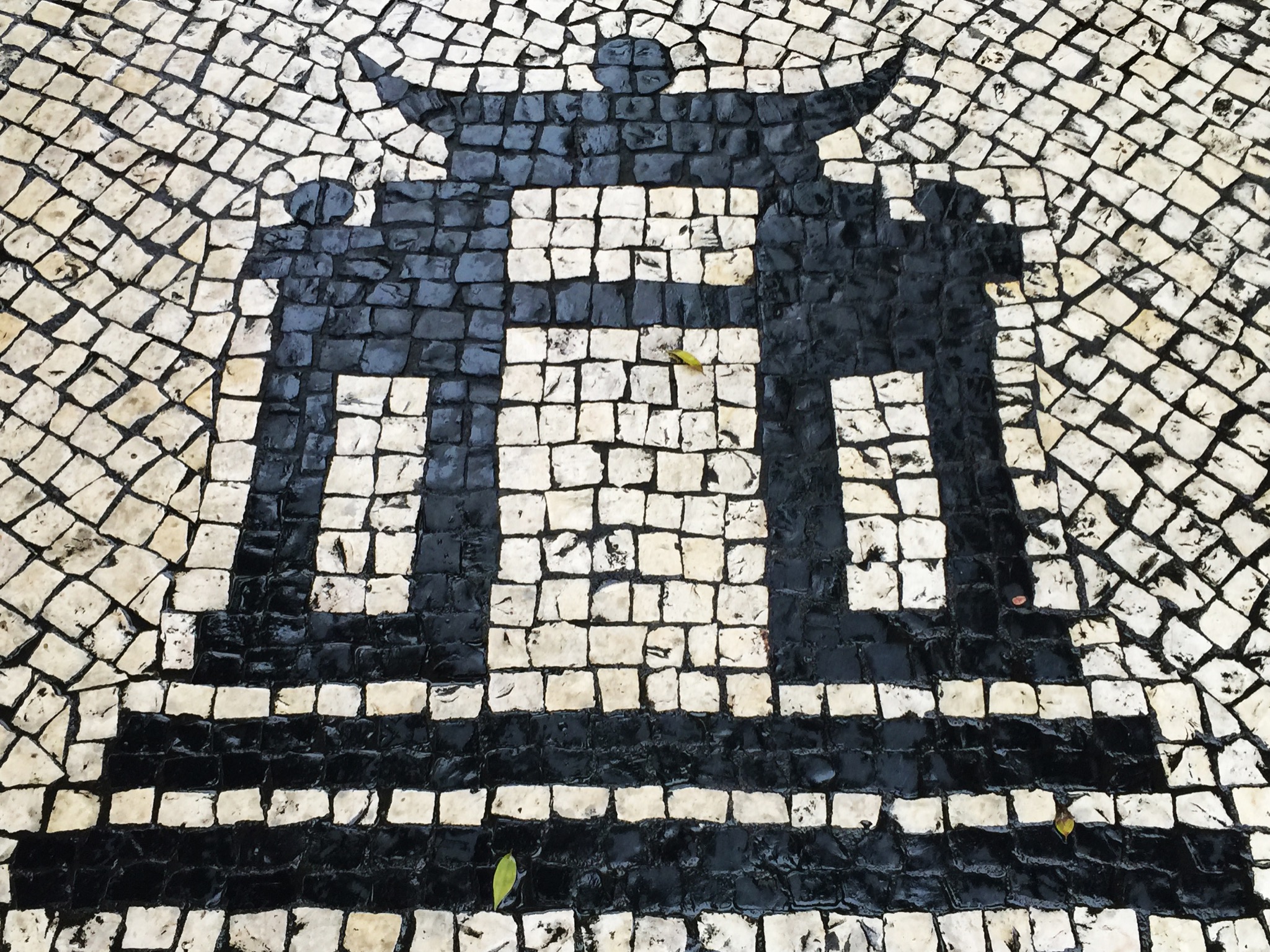
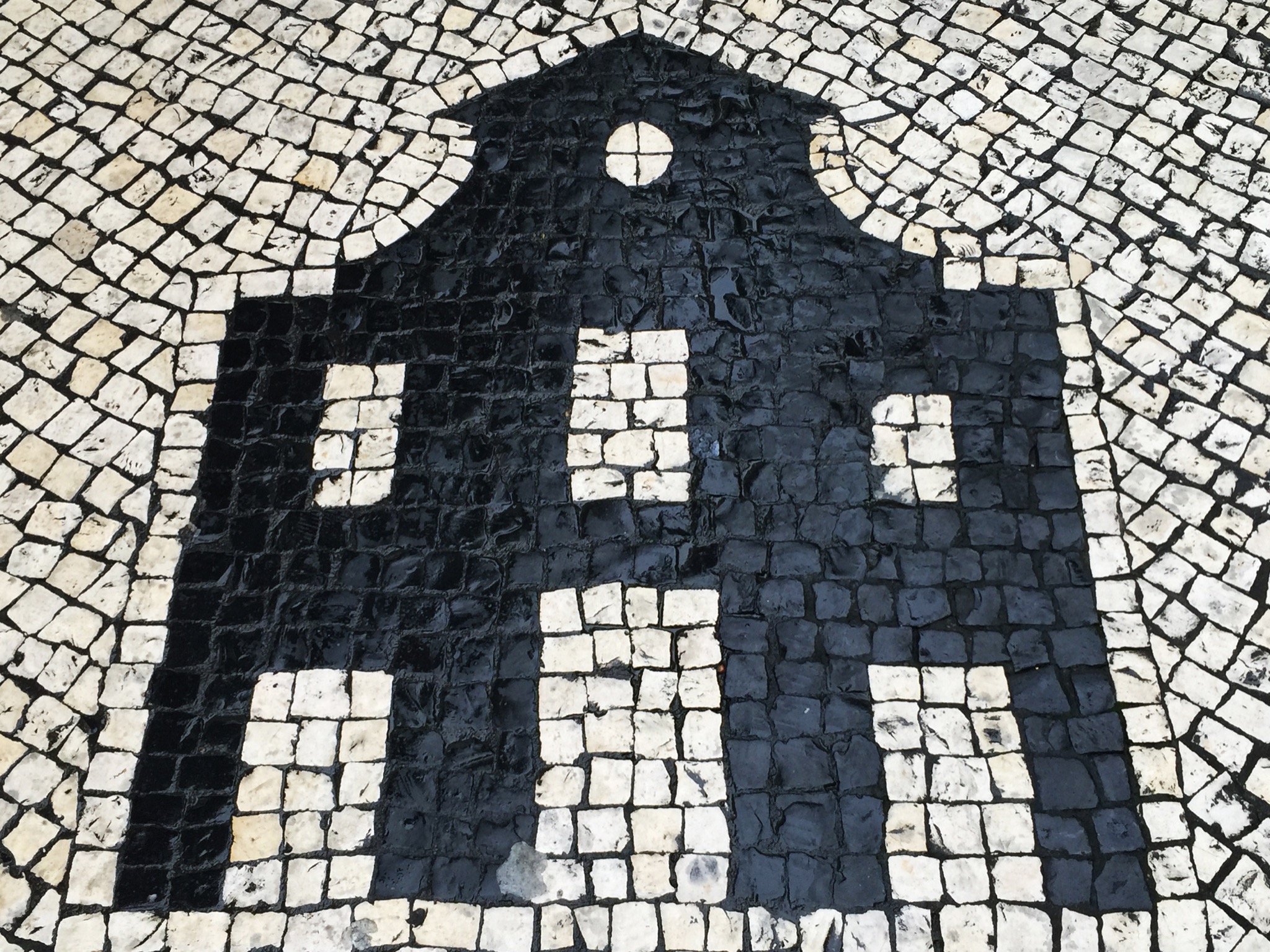

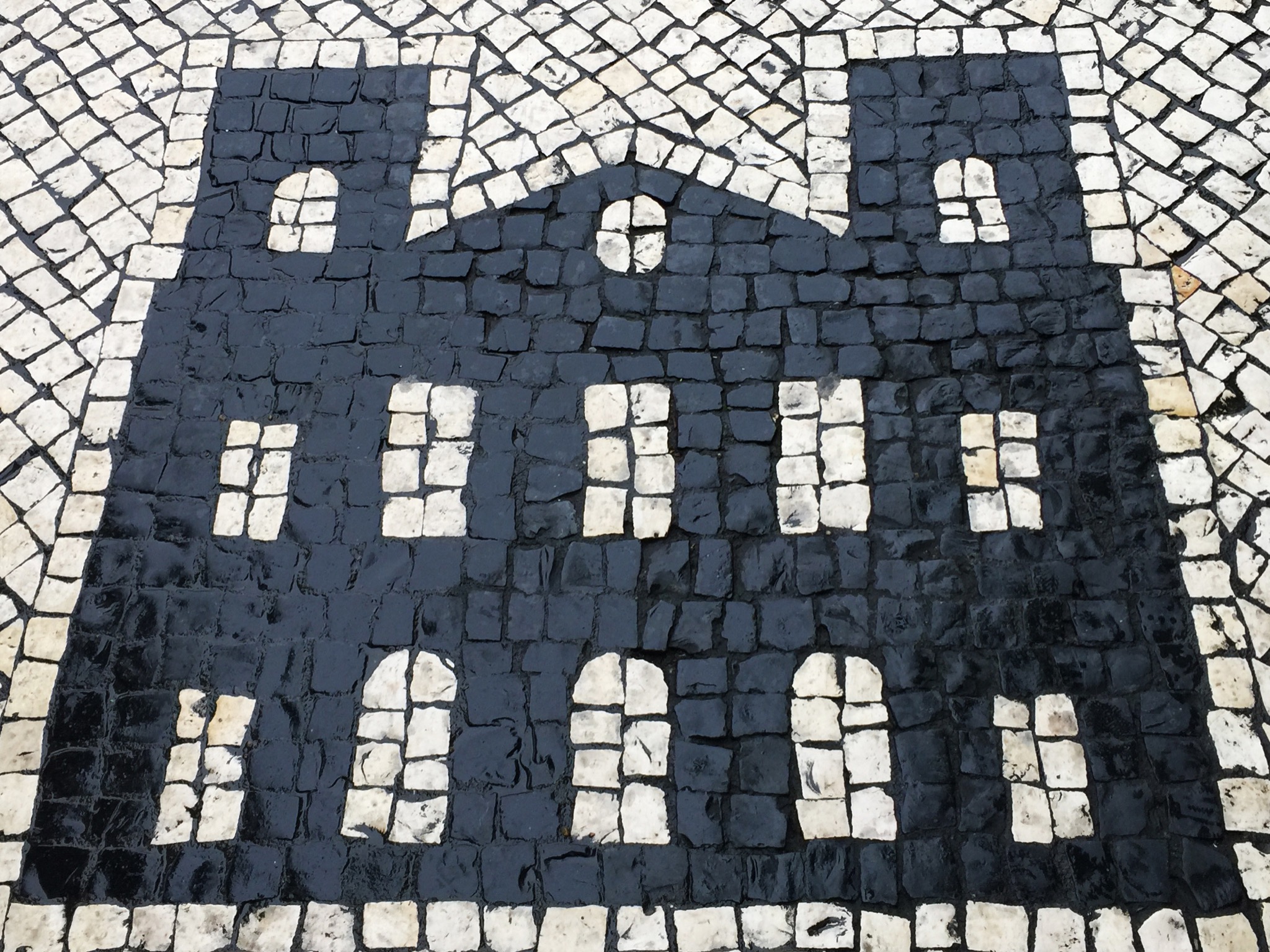
Av. Almeida Ribeiro (Central Area)
Redesigned in 2001 by architect Francisco Vizeu Pinheiro, this stretch reflects a maritime theme with feng shui influences. According to Macau magazine, traditional gambling imagery like the fish–prawn–crab sequence (Yee Hah Hi) is also subtly embedded.
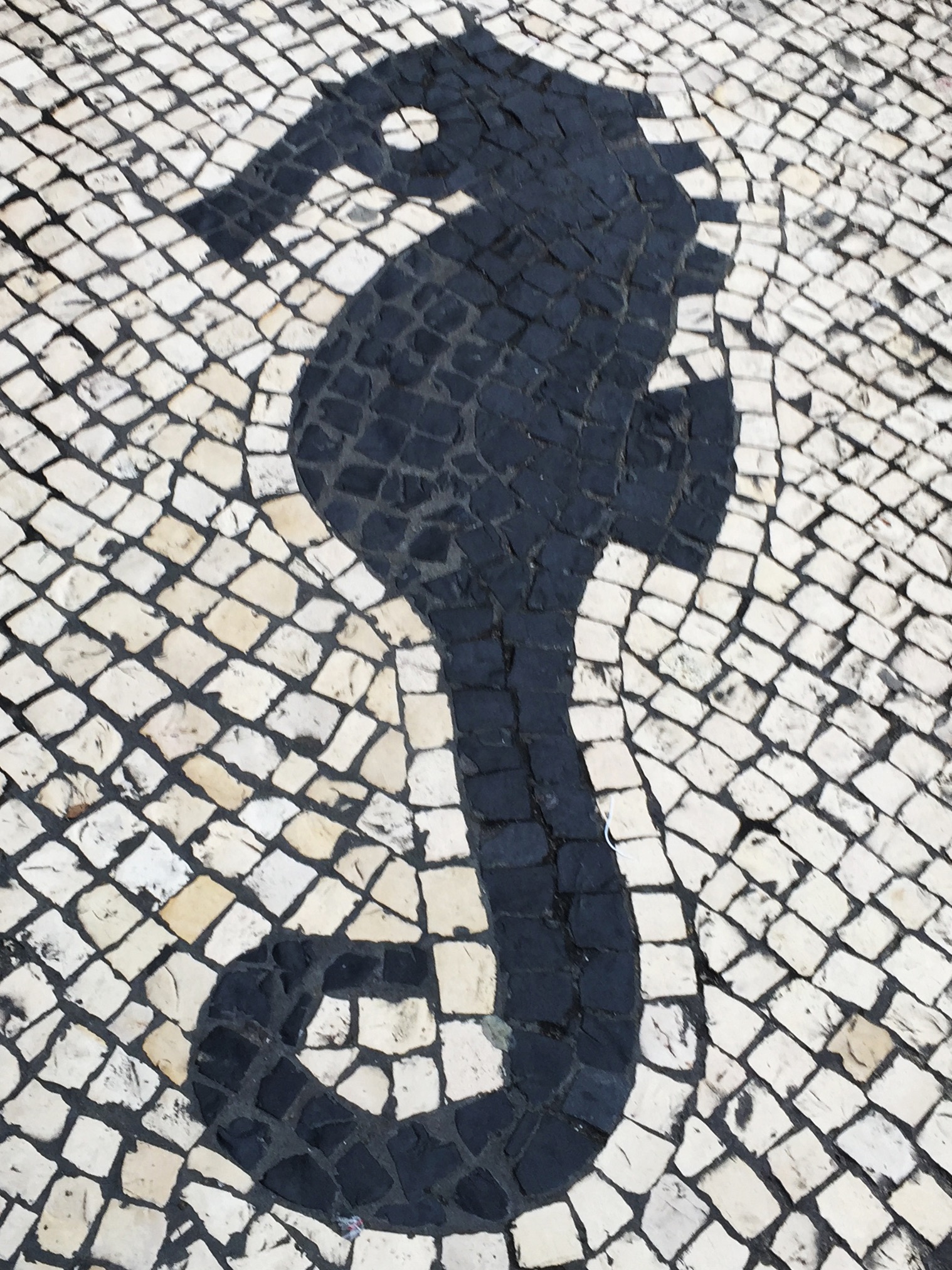
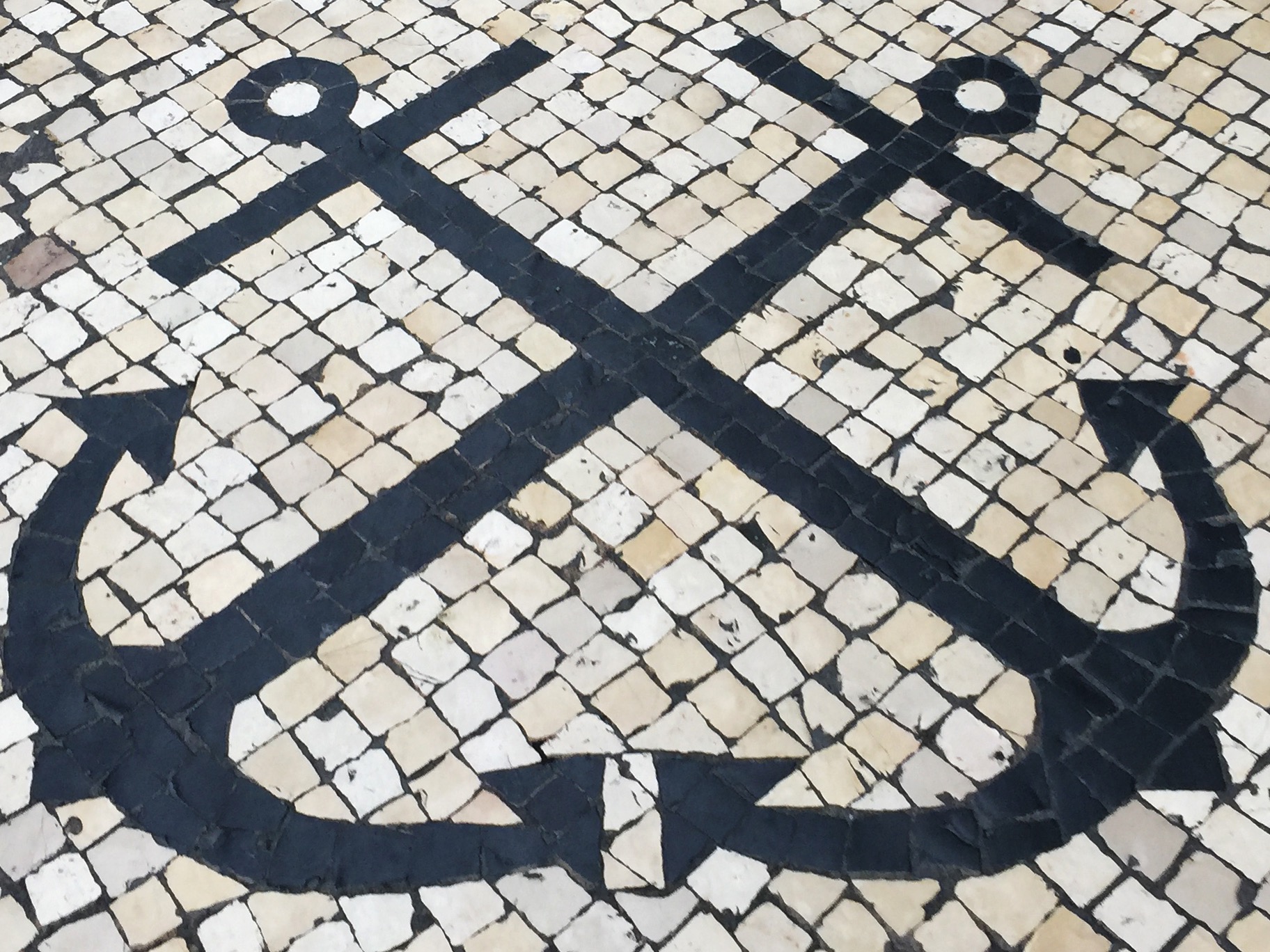
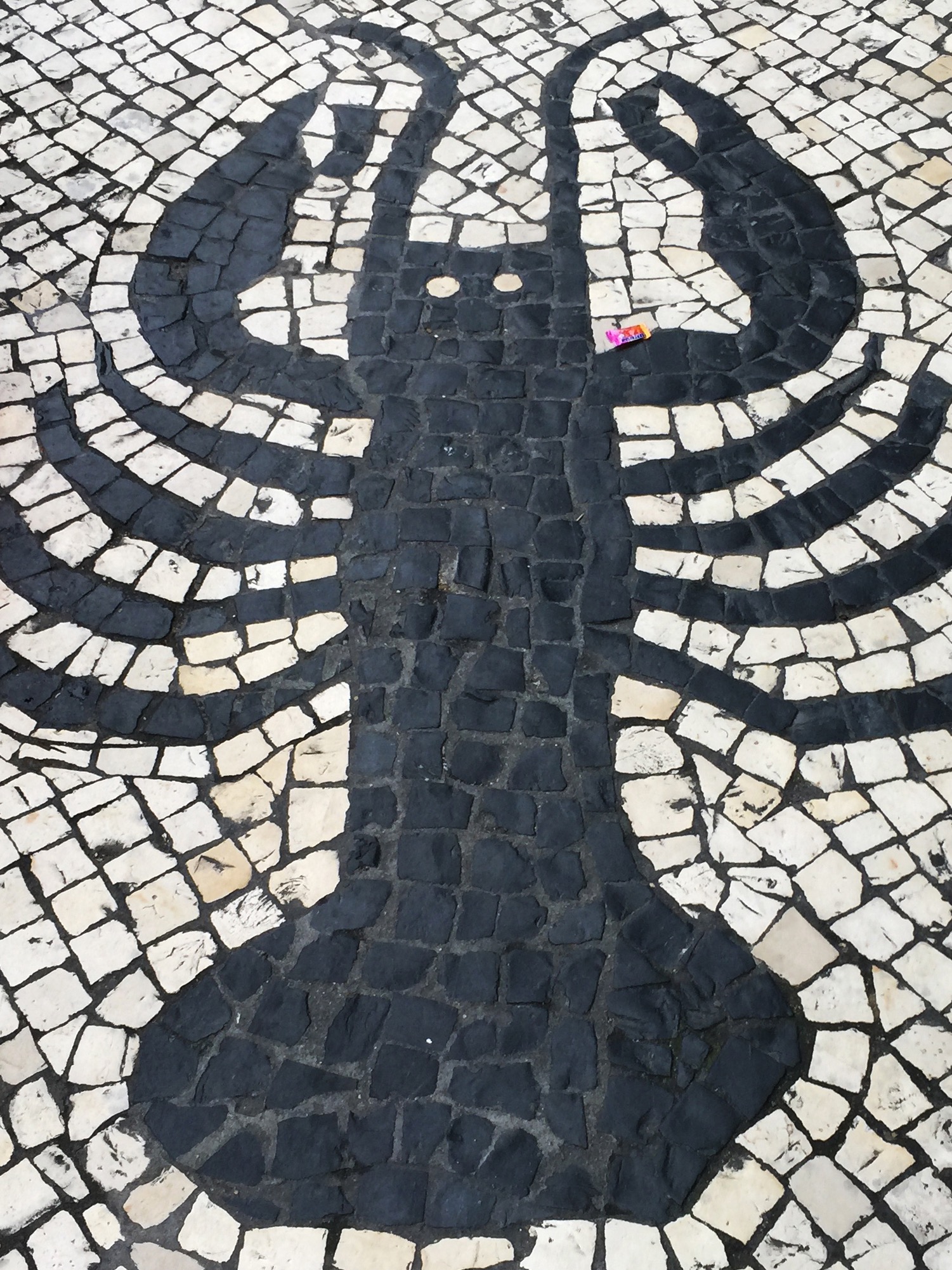
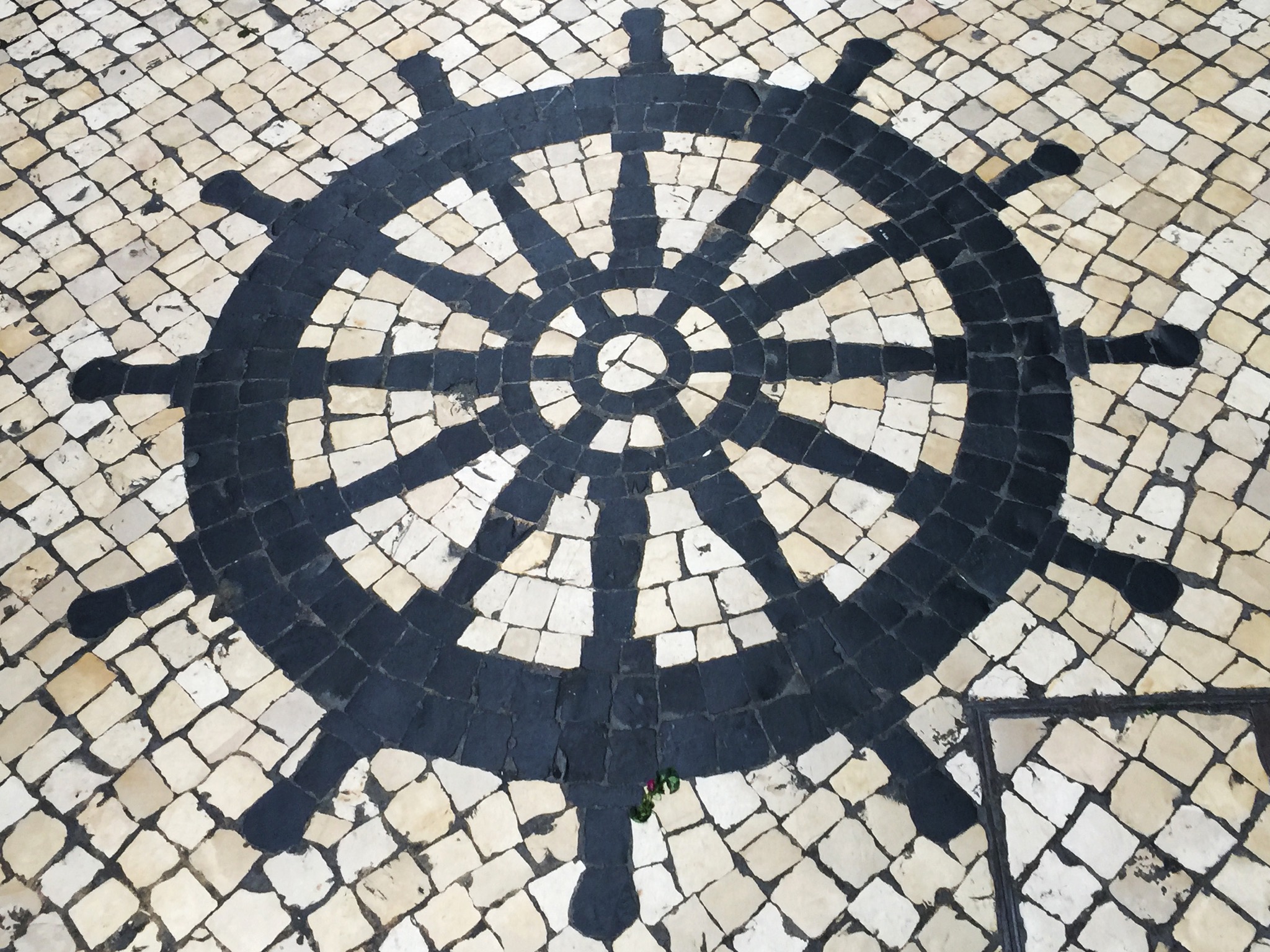
Largo da Sé
In 2004, it was paved with fish and oval motifs. The design references the Biblical story of “Loaves and Fish”. Elsewhere, a ship illustration with the Latin phrase duc in altum (“put out into the deep”) reinforces the Christian theme.
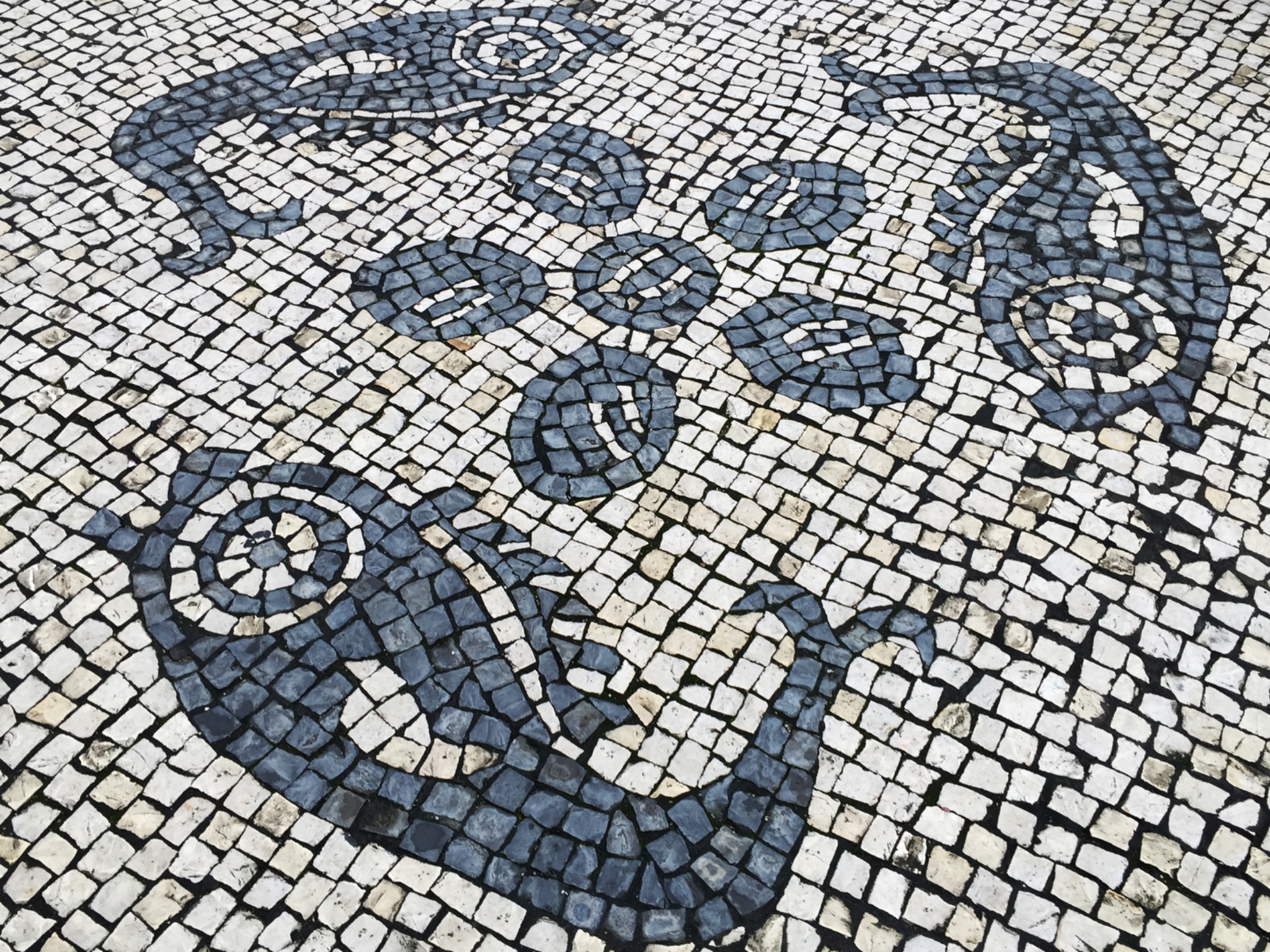
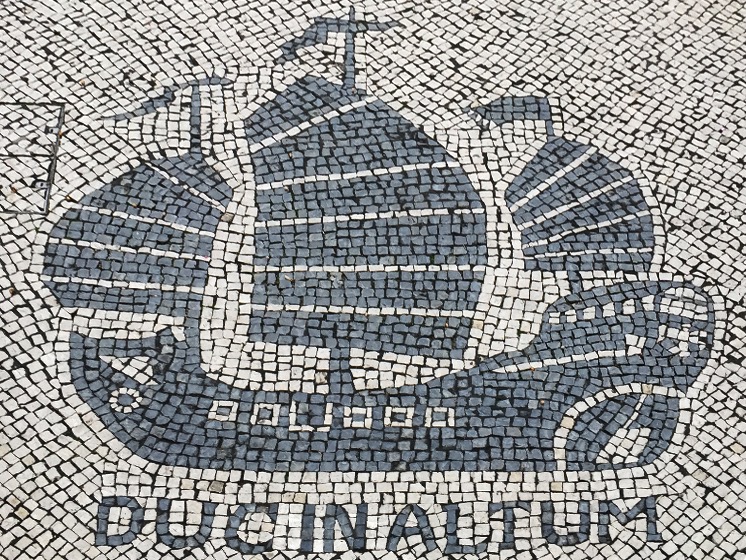
St. Lawrence Parish / Barra
Here, circular blocks frame motifs of two vessels — the Chinese junk and the Portuguese carrack — placed on either side of the road, echoing Macao’s dual heritage.
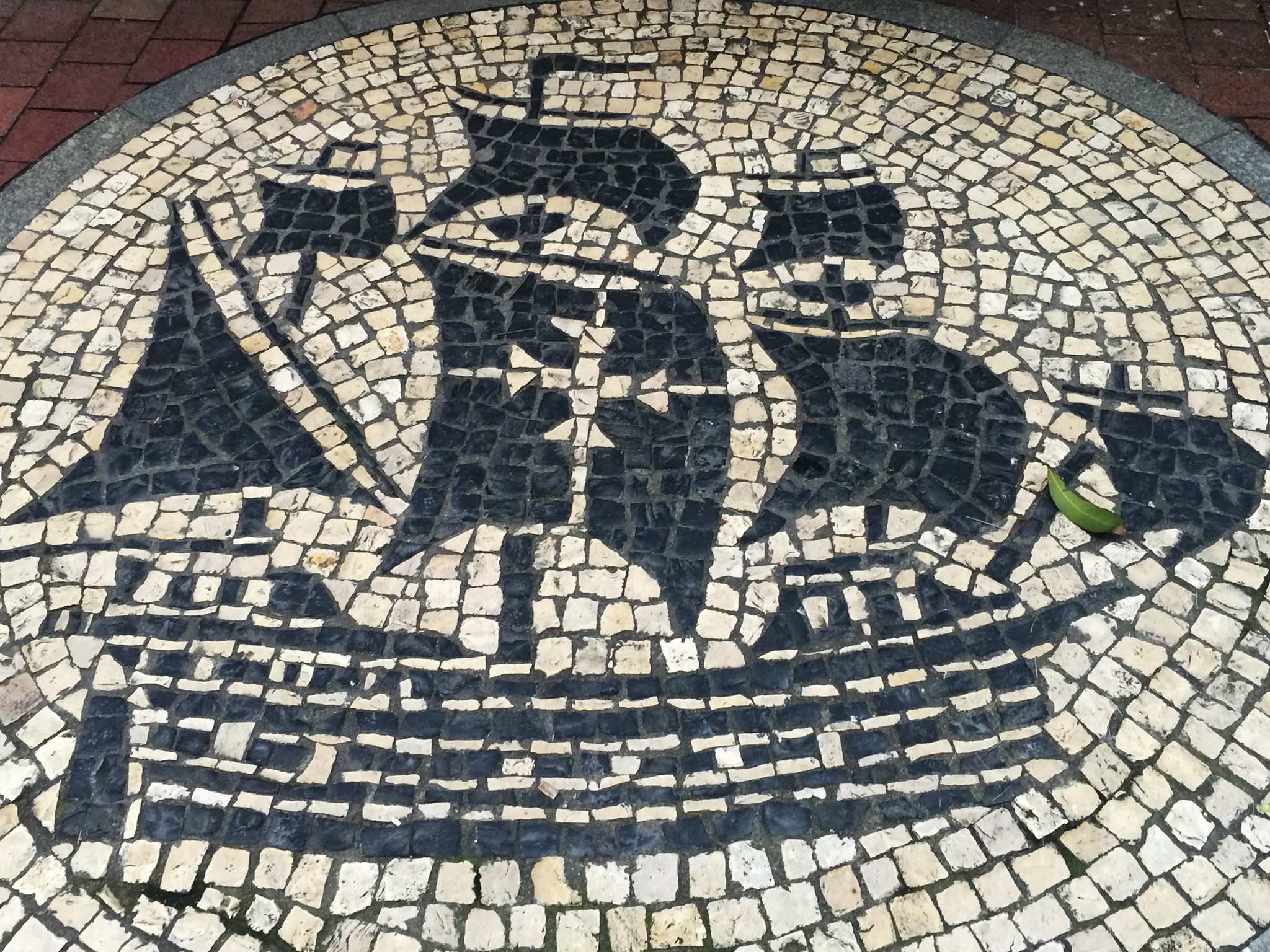
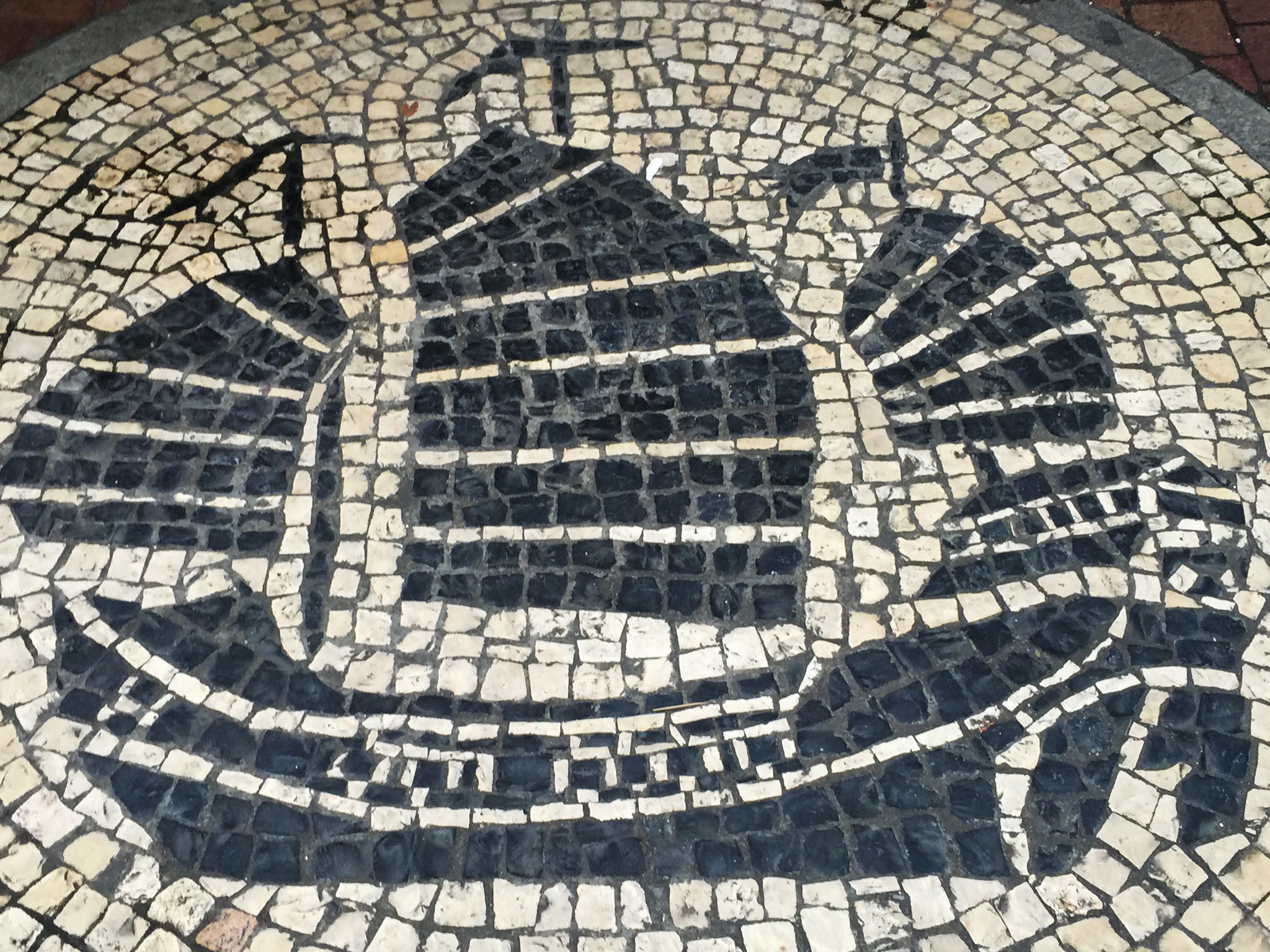
R. Ervanários
Located near a former customs checkpoint, the street features ancient Chinese coin patterns, reflecting the area’s trading history.
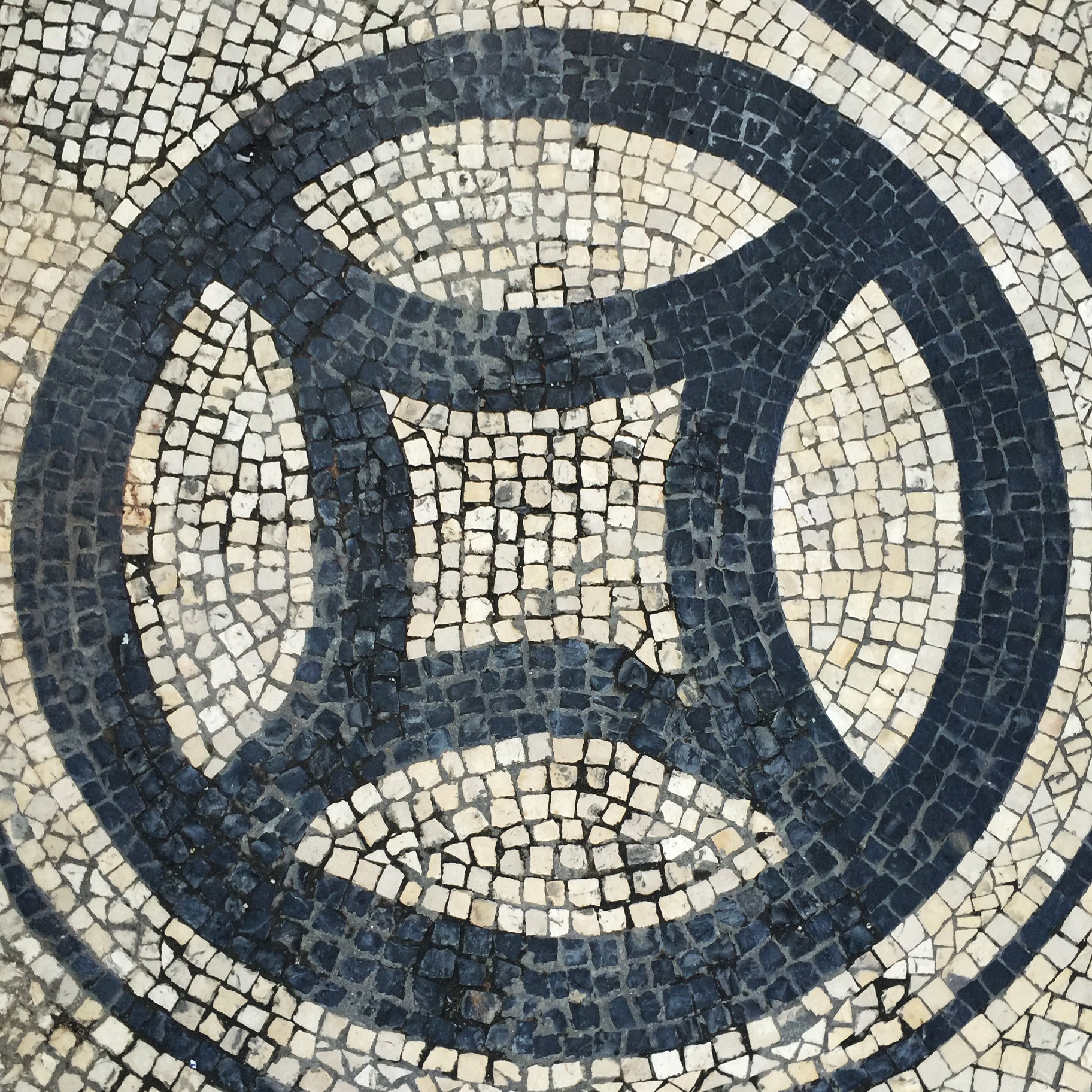
NAPE / Kun Iam Ecumenical Centre
Completed in 1999, the pavement here includes yin–yang symbols, representing a clear local adaptation of the imported style.
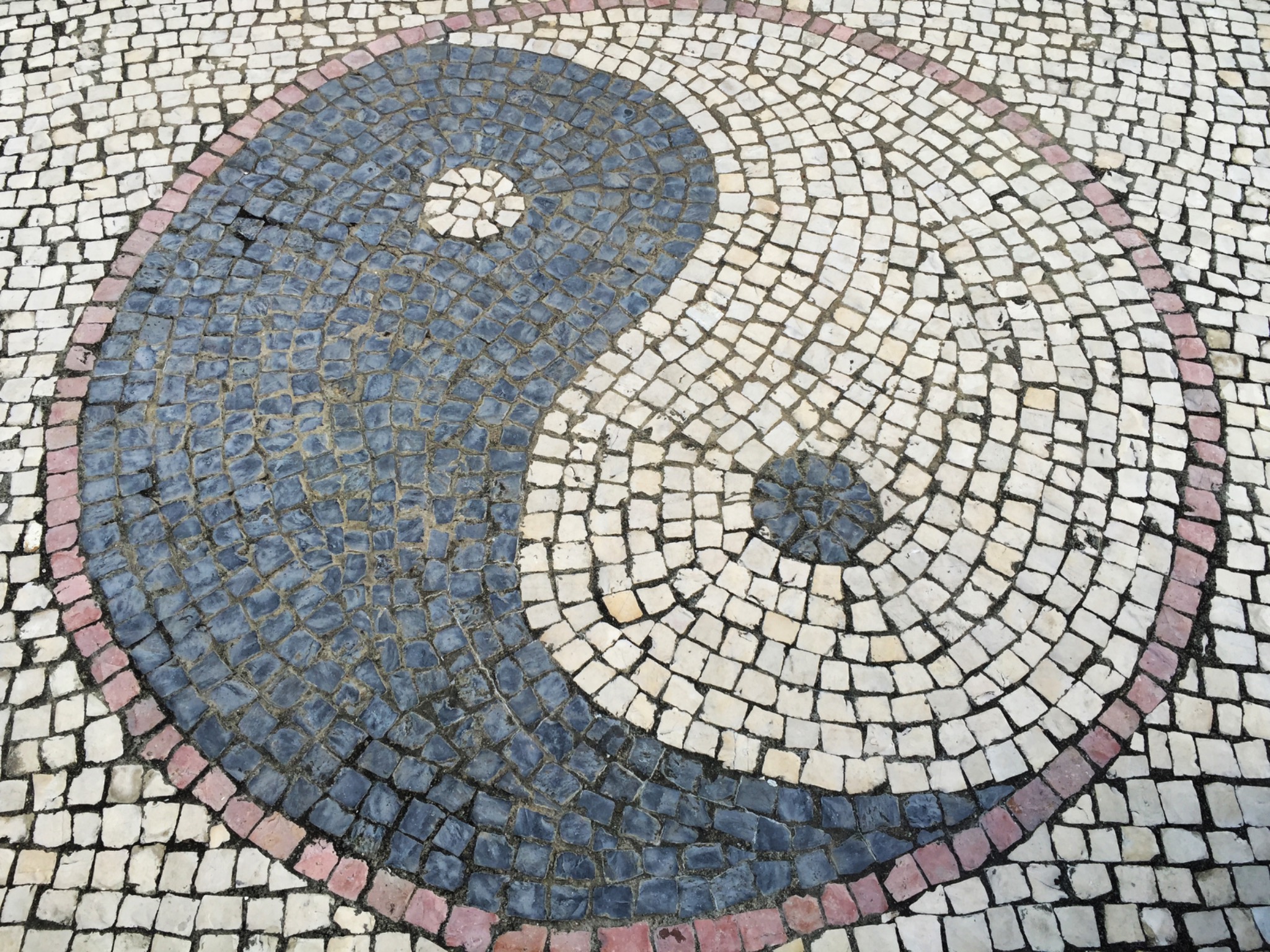

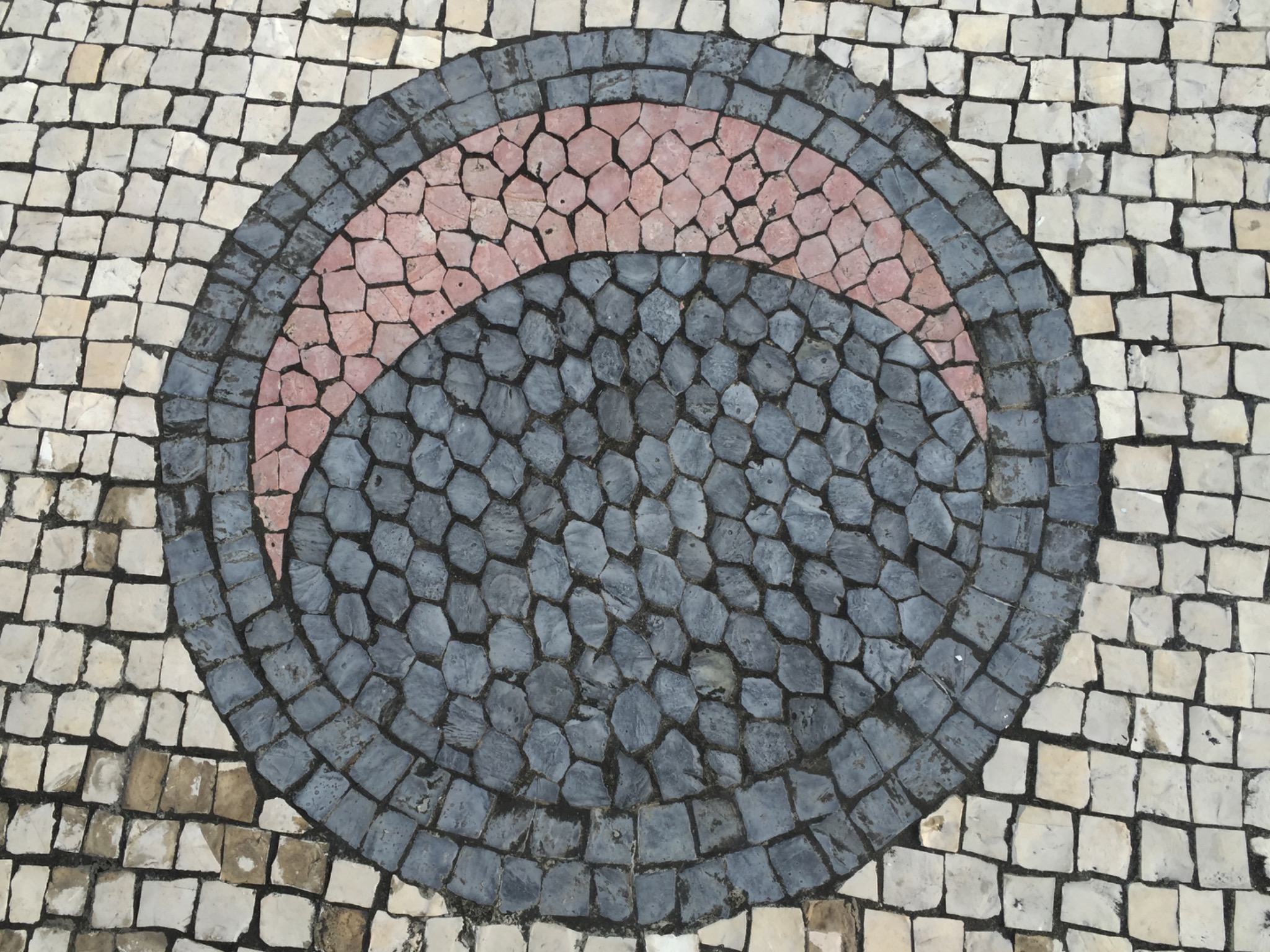
Camões Garden
Ten mosaic panels were laid in 1996 to commemorate The Lusiads, Portugal’s national epic composed in Macao by Luís Vaz de Camões. Each panel portrays a canto, celebrating Portugal’s voyages of discovery.
Travessa dos Anjos
Completed in 2013, the lane was originally meant to feature angels and zodiac signs. In the end, flower and butterfly motifs were chosen for neutrality, symbolising beauty and harmony.
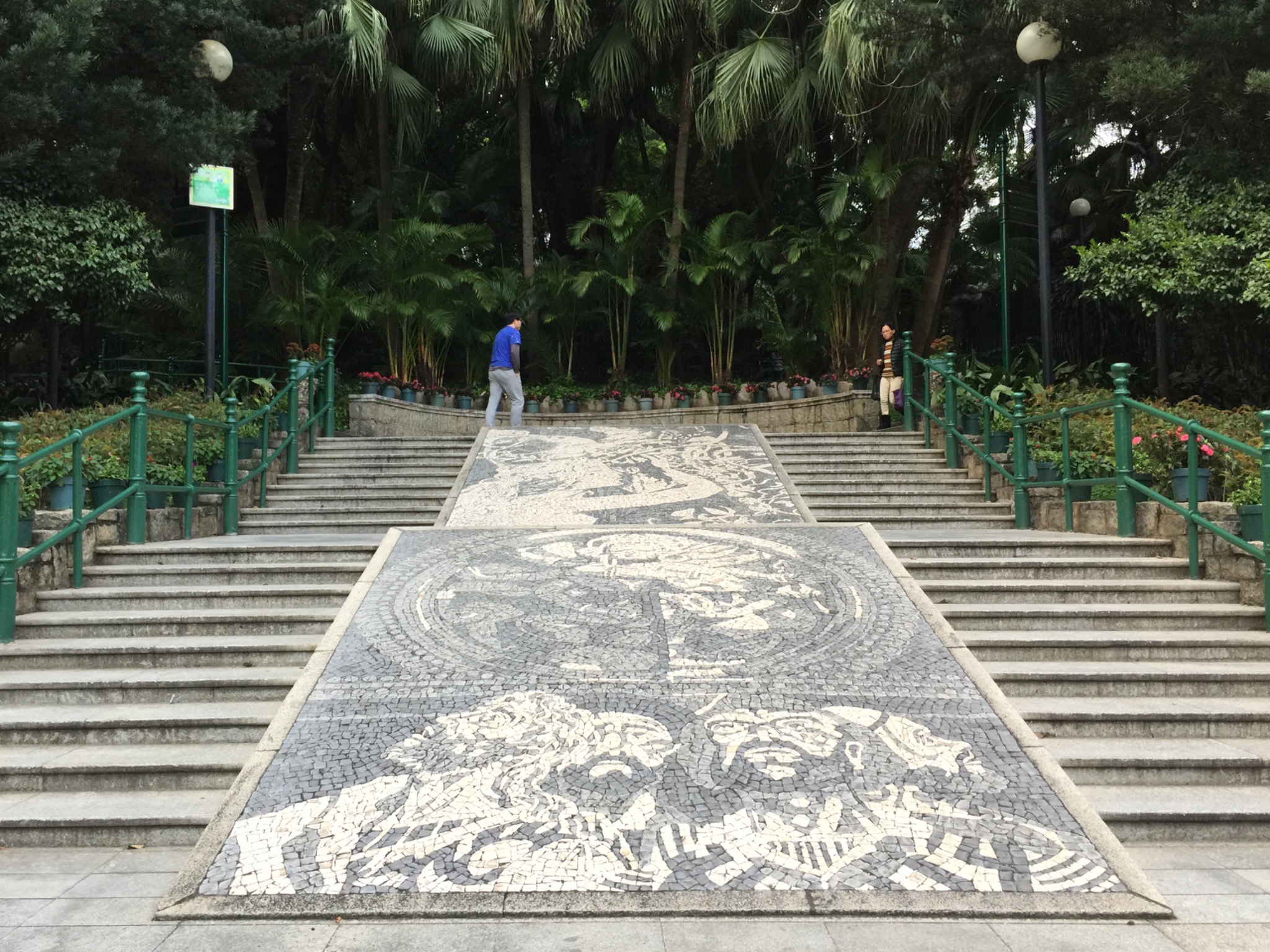

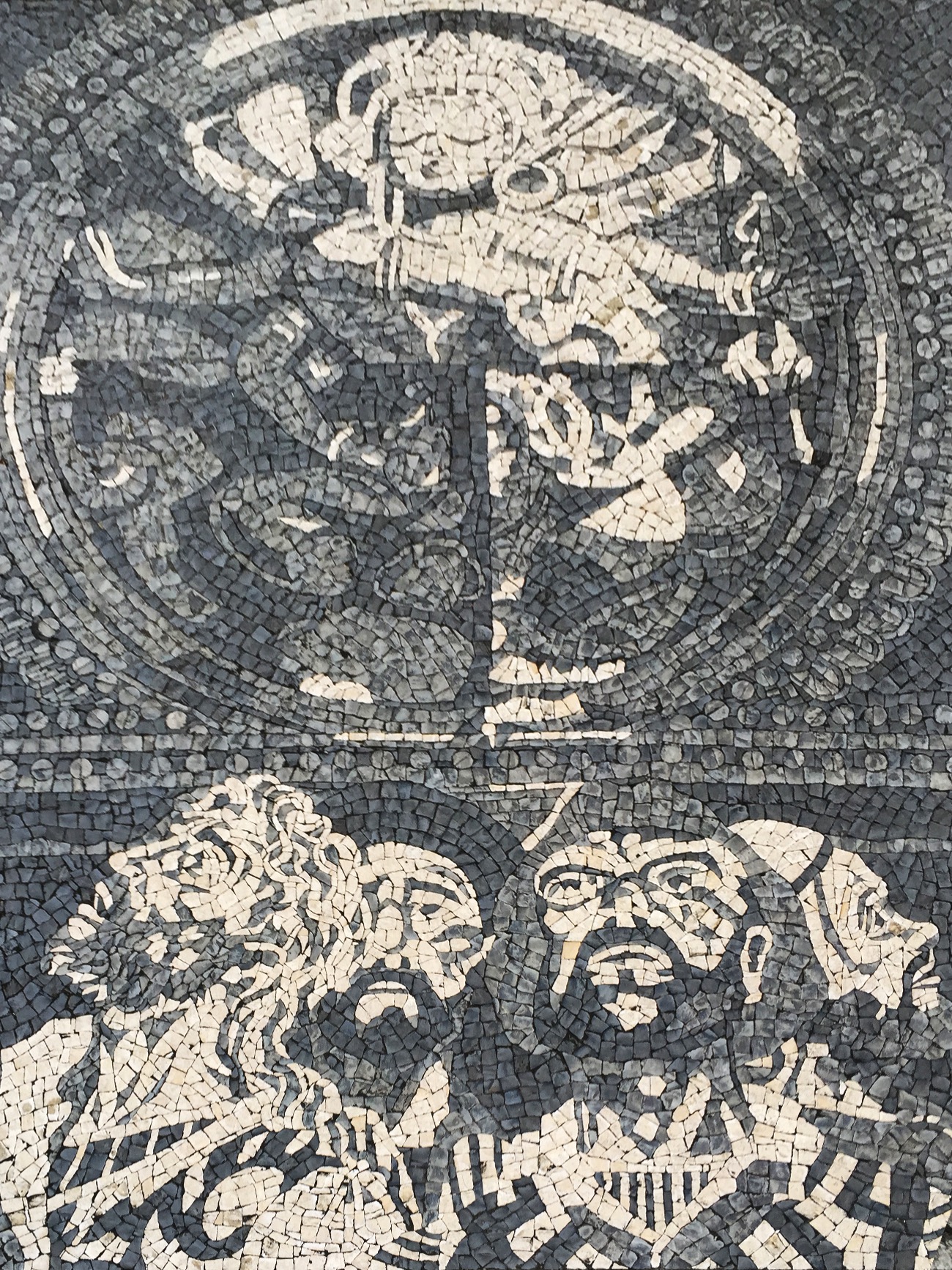
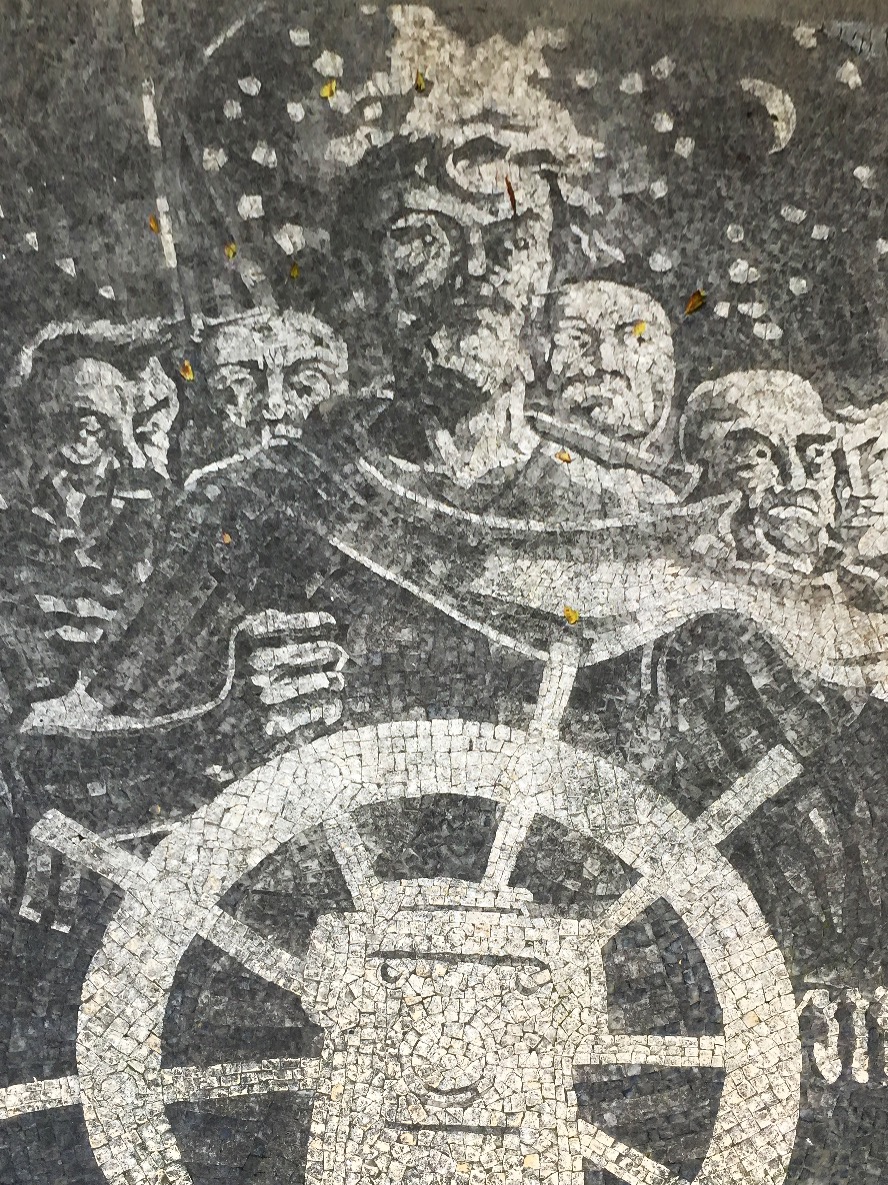
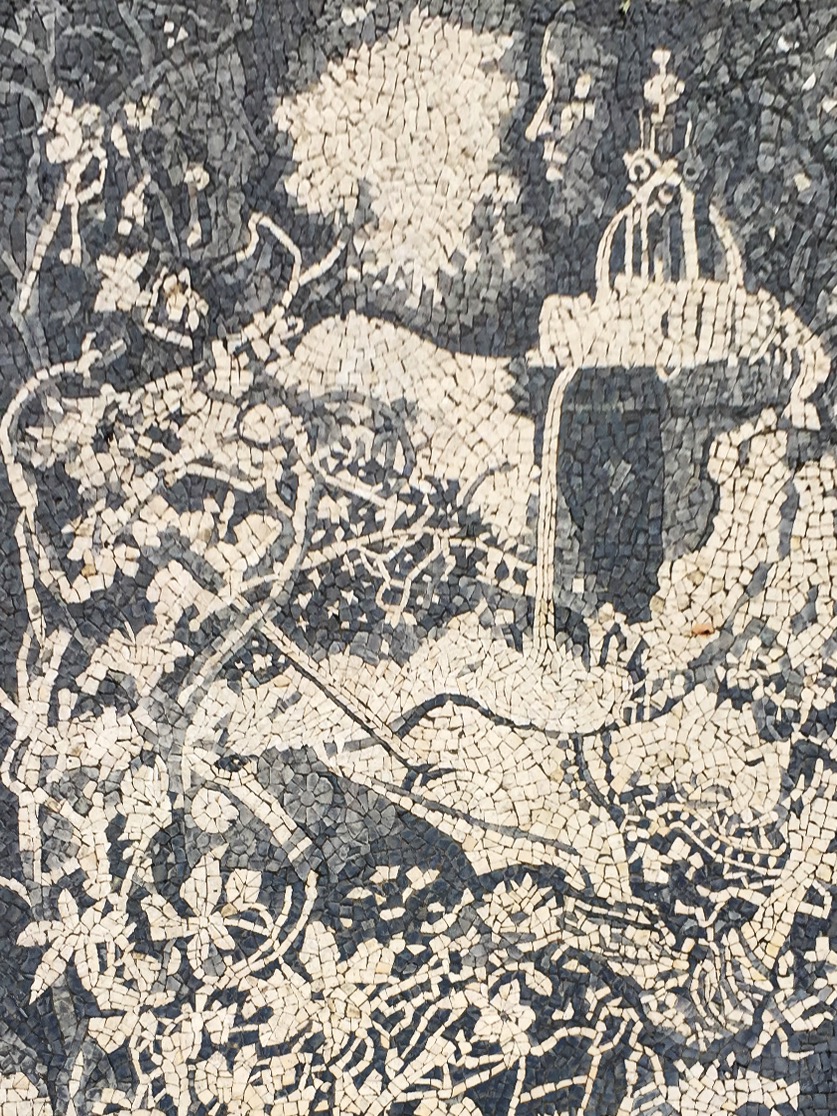
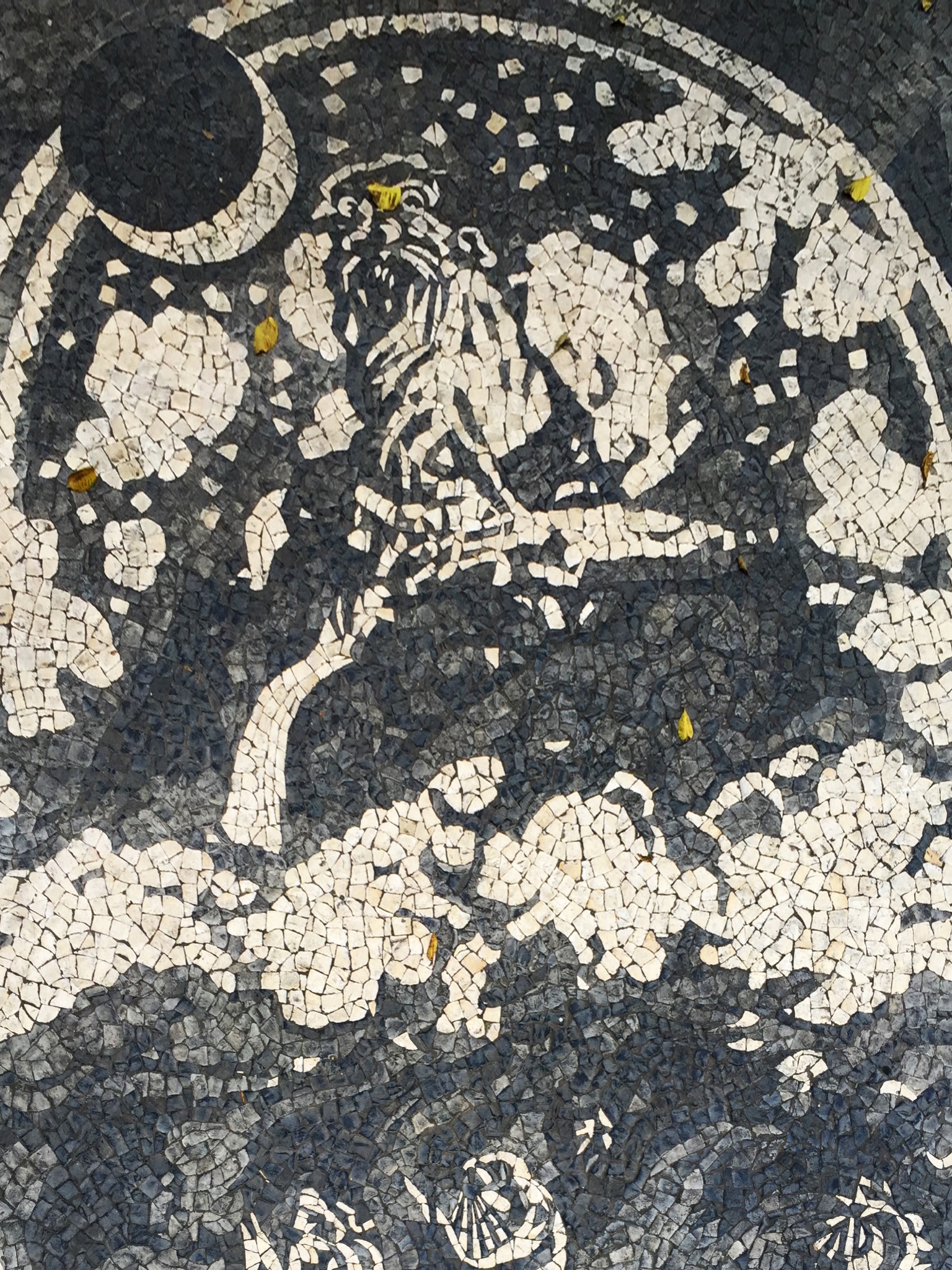
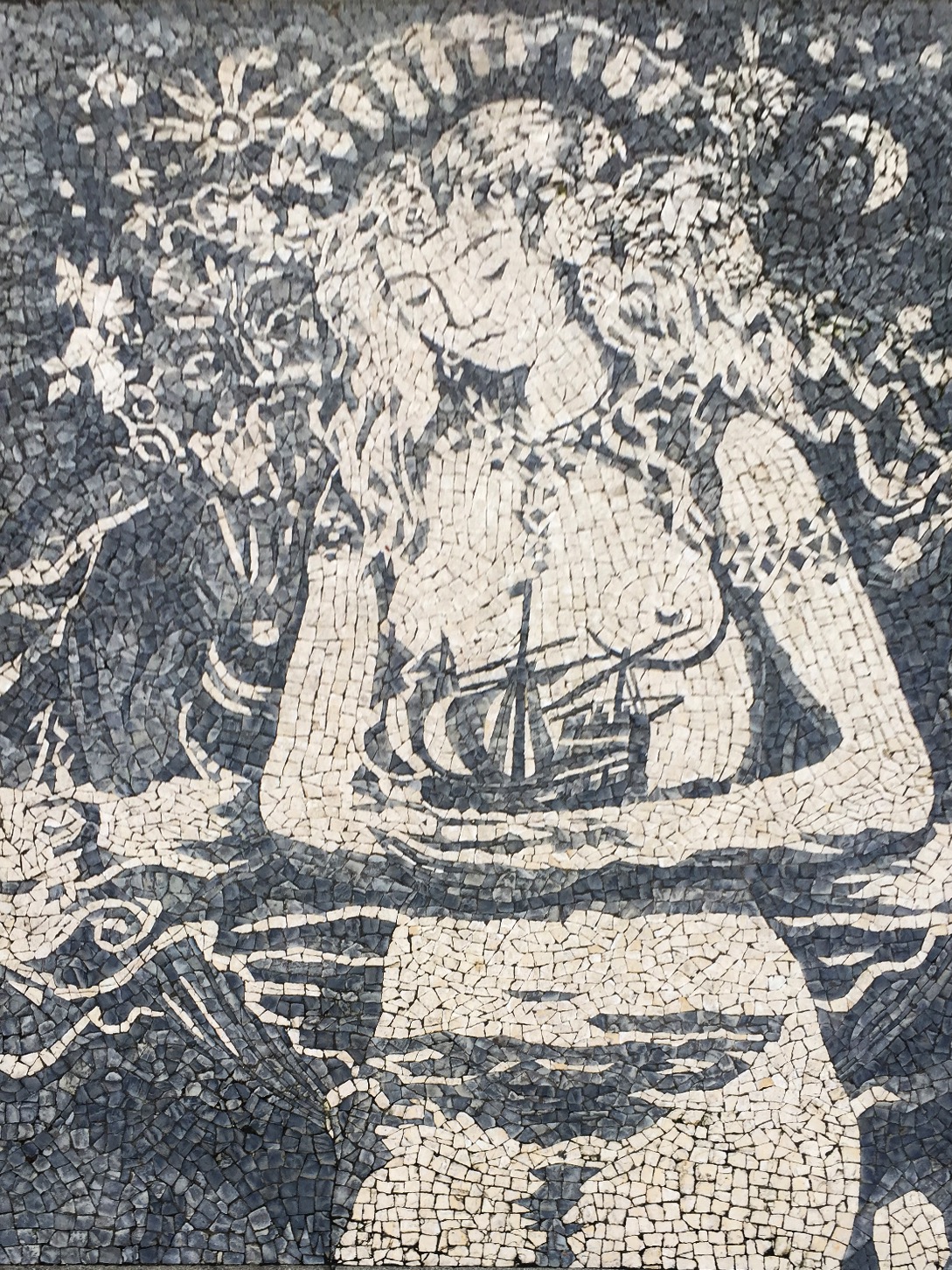
Barra Square / A-Ma Temple
This plaza, paved in 1997, prominently uses red stones to echo Chinese aesthetics. It’s seen as a model of Sino–Lusophone fusion.
Beyond the Historic Core
The paving tradition has extended to newer sites: S. Francisco Garden, Tap Seac Square, St. Lazarus Parish, Gate of Understanding, Rotunda de Carlos da Maia, and even into Taipa, Coloane, the Border Gate, and Hengqin Island.
University of Macau
While the central avenues of the new campus may lack flair, places like Library Plaza feature cobblestone designs inspired by the university’s emblem—showing that even institutional spaces are part of this quiet cultural rhythm.
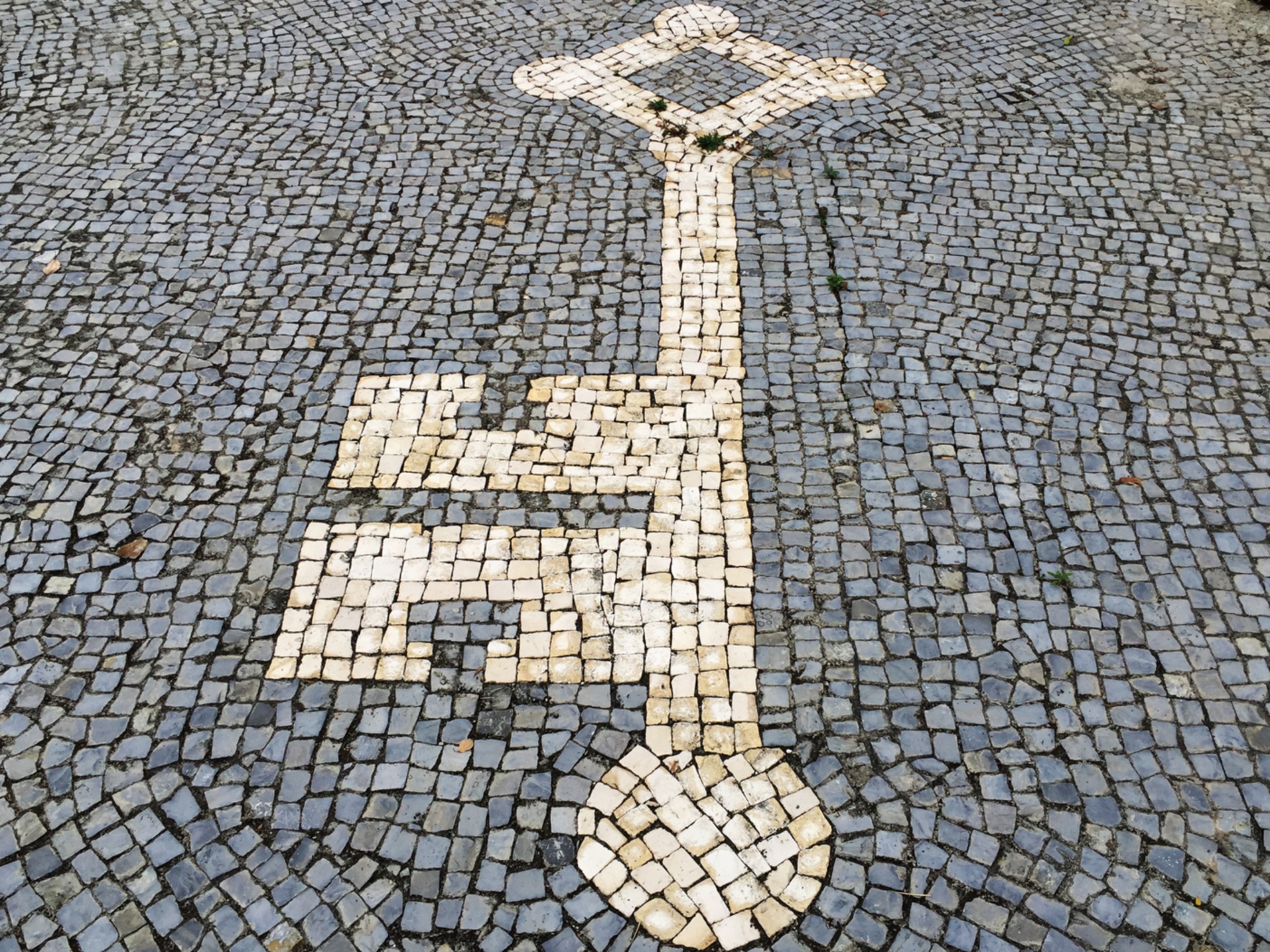
Post a comment